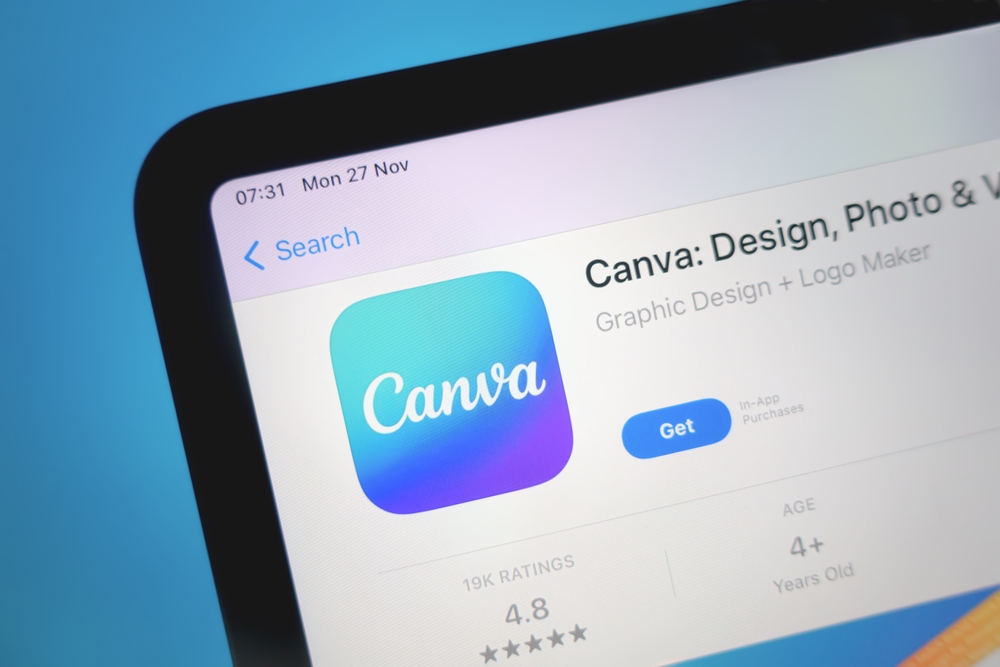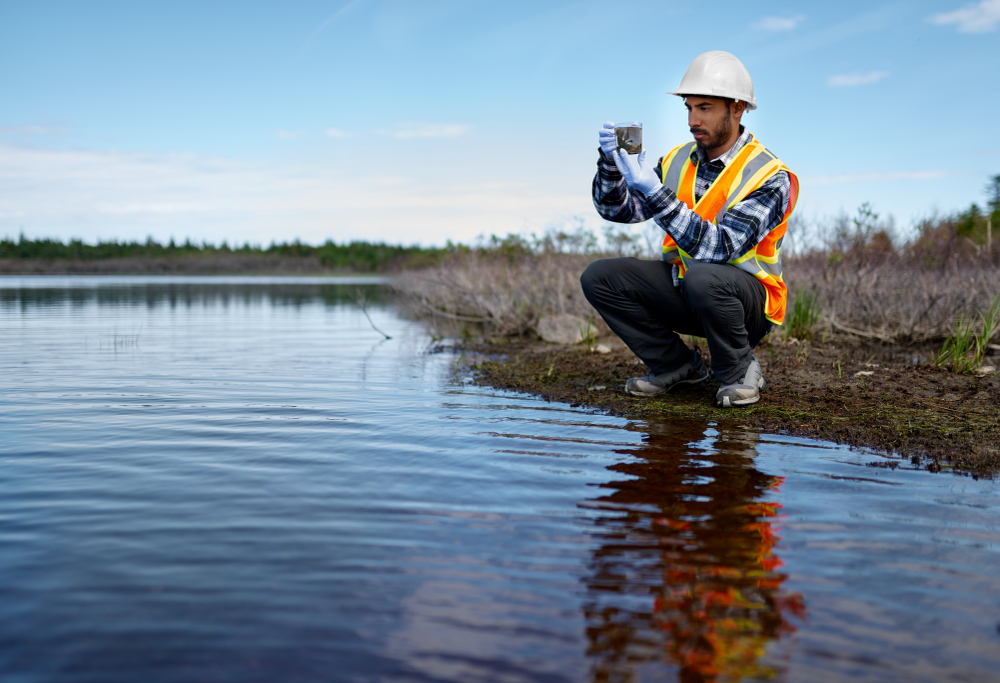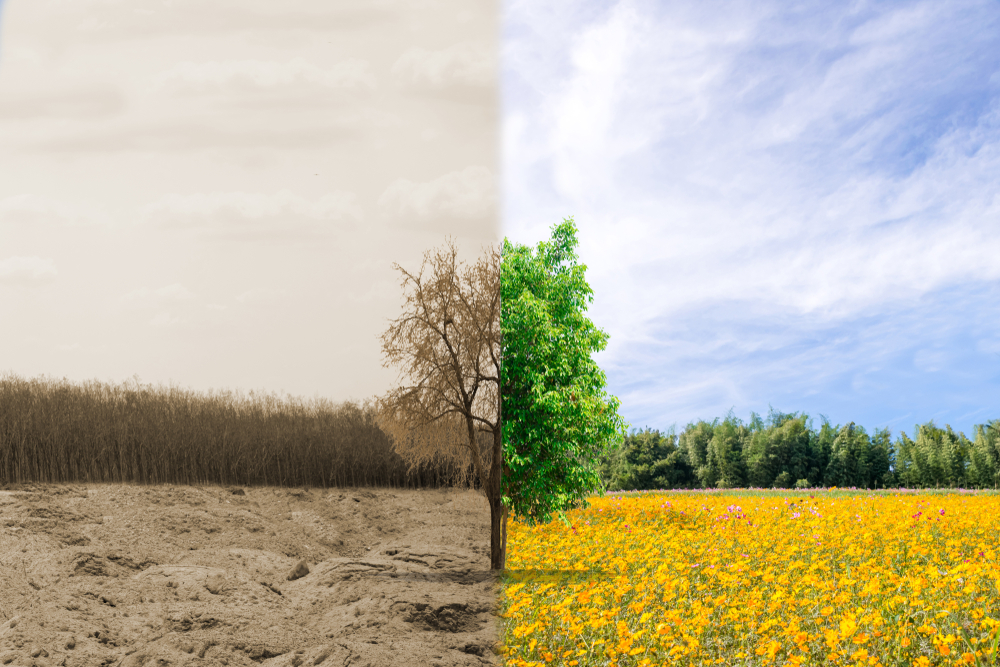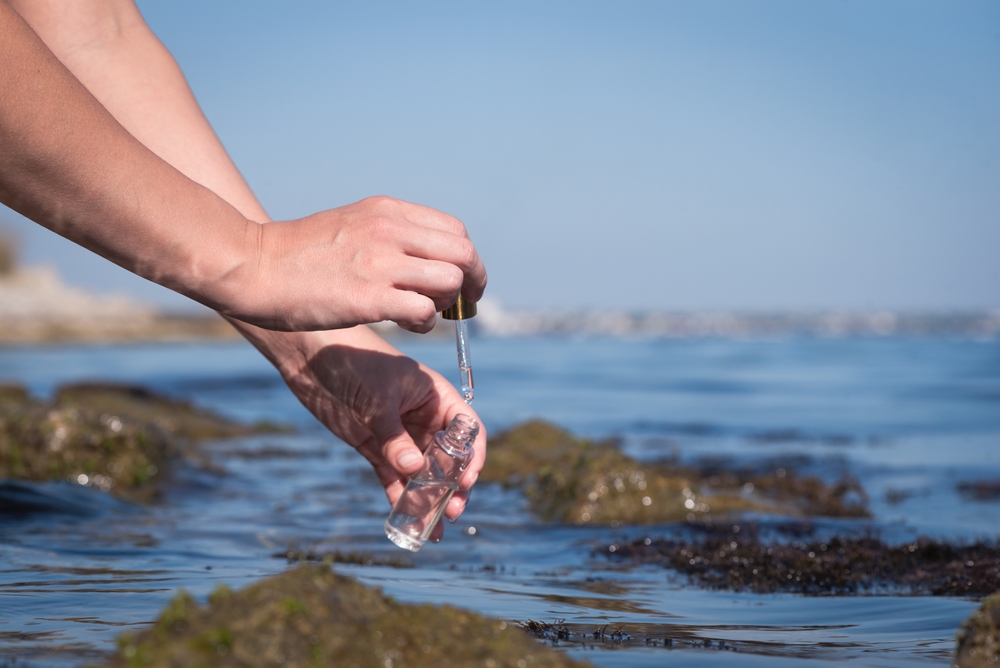Cameron Adams and Lisa Miller aren’t your average billionaire couple. As part of the leadership team behind Canva, one of the world’s most popular graphic design platforms, they’ve built a personal fortune of about $7 billion. But instead of spending it on yachts or mega-mansions, they’ve committed to giving away half, roughly $3.5 billion, to causes that matter deeply to them. And if you ask them, this is only the beginning of their mission.
Redifining Wealth In The 21st Century

Their philanthropy isn’t a side hustle or a branding exercise. It’s the core of how they live and lead. They’ve approached giving with intention, strategy, and long-term vision. What stands out is their deep passion for environmental conservation. It’s not a PR move or trendy cause for them, it’s a personal responsibility. The 2019 bushfires that ravaged Australia, coupled with worsening climate crises, prompted a shift in how they viewed their role as stewards of wealth. Together with other Canva leaders, they are helping redefine what it means to be wealthy in the 21st century. Their approach says that giving back should be the norm, not a noble exception.
This move isn’t just notable because of the amount, but because of how early they’re doing it. Many billionaires wait until their later years to make philanthropic decisions. Adams and Miller are acting now, while their influence is still growing. Their boldness sets a precedent for a new generation of leaders who view wealth not just as an asset, but as a tool for immediate action. It reflects a deeper shift in values, one where success is measured by long-term impact, not material legacy.
A Personal Decision With Global Impact

Adams and Miller have formalized their commitment through both The Giving Pledge and the Founders Pledge. These global initiatives encourage the ultra-wealthy to publicly commit to giving away at least half their fortunes. While many billionaires choose to remain vague or passive about their giving plans, Adams and Miller have done the opposite. They’ve chosen to be transparent, detailed, and deliberate in how they distribute their wealth. That transparency isn’t about recognition. It’s about creating a ripple effect, one that normalizes bold philanthropy and raises the bar for others.
Lisa Miller’s background in zoology plays a pivotal role in how they operate. She brings field knowledge and scientific understanding to their philanthropic work. It’s not theory, it’s applied, hands-on insight. Her expertise influences every funding decision they make. Together, they launched Wedgetail Ventures, a philanthropic investment fund with a strong focus on the environment. The fund prioritizes work that addresses habitat loss, deforestation, biodiversity collapse, and climate adaptation. And their investments are not symbolic, they are data-driven, results-focused, and built for long-term outcomes.
The Wake-Up Call That Changed Everything

In 2019, wildfires ripped through large areas of Australia. The destruction was staggering, and for Adams and Miller, it struck close to home. The fires marked a turning point in how they viewed the urgency of environmental action. It was no longer acceptable to donate casually or passively. They needed to act, and lead, with intention.
This wasn’t about writing checks and moving on. They began building a long-term, science-based investment approach. They identified projects capable of healing ecosystems and restoring balance to damaged environments. Their strategy now spans across 19 countries. From tropical wetlands to temperate rainforests, their funds are working to undo decades of harm. What once seemed like irreversible damage is being reversed, one ecosystem at a time.
Canva Reflects a Bigger Shift in Tech Culture

Canva creators, Adams and Miller aren’t just redefining philanthropy, they’re also signaling a larger transformation happening in the tech world. More founders are beginning to see their platforms not only as businesses, but as engines for change. As tech companies become more embedded in daily life, their leaders are being pushed to answer a deeper question, what responsibility comes with influence? By giving boldly and transparently, Adams and Miller are setting a new example, one that prioritizes planet over profit and collective impact over individual gain.
Read More: Billionaire wants to build equitable utopia in the American desert
Building Real Change Through Wedgetail Ventures

Wedgetail Ventures isn’t just a fund. It’s a living, evolving initiative rooted in research, collaboration, and purpose. Guided by input from scientists, conservationists, and local communities, the fund has already committed more than $18 million to critical projects. Their work includes reforestation, wildlife protection, and advanced ecological research. The goal is long-term impact, not headlines.
One of their flagship projects is unfolding in Tasmania. Partnering with the University of Tasmania, they’re helping develop a 5,000-hectare conservation research hub. This site will function as a hands-on science center, where policy and conservation meet. It’s designed to become a global model for conservation, one that can be adapted elsewhere. Their work emphasizes that true environmental change comes from the intersection of local knowledge, hard science, and lasting funding.
Why They Believe Philanthropy Should Be Bold

Cameron Adams has been clear, symbolic giving doesn’t move the needle. If you’re going to give, do it in a way that matters. That means investing in systems that fix root causes rather than offering short-term relief. He’s pushed back against the idea that philanthropy should be soft or emotional. Instead, he views it as a lever to disrupt old, broken systems.
“Philanthropy is more than charity. It’s a way to tackle root problems and deliver solutions that last,” he says. That perspective shapes everything they do. From choosing the right partners to tracking data and outcomes, the couple approaches giving with the precision of a business venture. They want results, not warm feelings. They believe that bold action, backed by evidence, is what the world needs now.
Canva’s Culture of Giving Starts at the Top

What Adams and Miller practice in their personal lives is echoed throughout Canva’s company culture. The company isn’t just a tech platform, it’s a values-driven organization. Adams isn’t alone. Canva co-founders Melanie Perkins and Cliff Obrecht also took The Giving Pledge. This alignment among leadership reinforces a broader commitment to social impact.
Within Canva, employees are encouraged to pitch causes, volunteer, and contribute to social projects. Impact isn’t relegated to one department. It’s embedded in day-to-day operations. Sustainability and ethical responsibility guide decisions at every level. That culture of generosity sends a powerful message. When leadership prioritizes purpose, it creates a ripple that influences everyone in the organization.
What This Means for the Future of Philanthropy

Canva Innovators, Adams and Miller are at the forefront of a shift in how wealth is used. Younger billionaires are rewriting the playbook. They’re not waiting for retirement to make an impact. They’re stepping into leadership roles in philanthropy now, using their influence to spark real, lasting change. The Canva team’s approach challenges the status quo and raises new questions about what’s possible when wealth is managed with vision.
Their work also dispels myths about environmental giving. It doesn’t have to be vague or symbolic. It can be smart, accountable, and deeply impactful. Adams and Miller track results, form expert partnerships, and treat each project as a long-term investment. Their philanthropy runs more like a startup than a charity, agile, experimental, and always refining.
Shaping the Future

Cameron Adams and Lisa Miller aren’t chasing awards or public acclaim. They’re focused on outcomes. By giving away $3.5 billion, they’re reshaping what modern giving looks like. Their strategy centers on science, long-term impact, and responsibility. They’re not doing it for optics. They’re doing it because they believe it’s the right thing to do.
And their work is just beginning. As Wedgetail Ventures expands, so will the scope of their impact. From forest restoration to global conservation hubs, their projects are planting seeds of hope. Their story proves that wealth can be used wisely and radically to repair what’s broken. In a world where greed often gets the spotlight, their generosity might be the boldest act of leadership we’ve seen in years.
Read More: Bill Gates Pledges $200 Billion Donation by 2045, Criticizes Elon Musk’s Impact on the Poor

